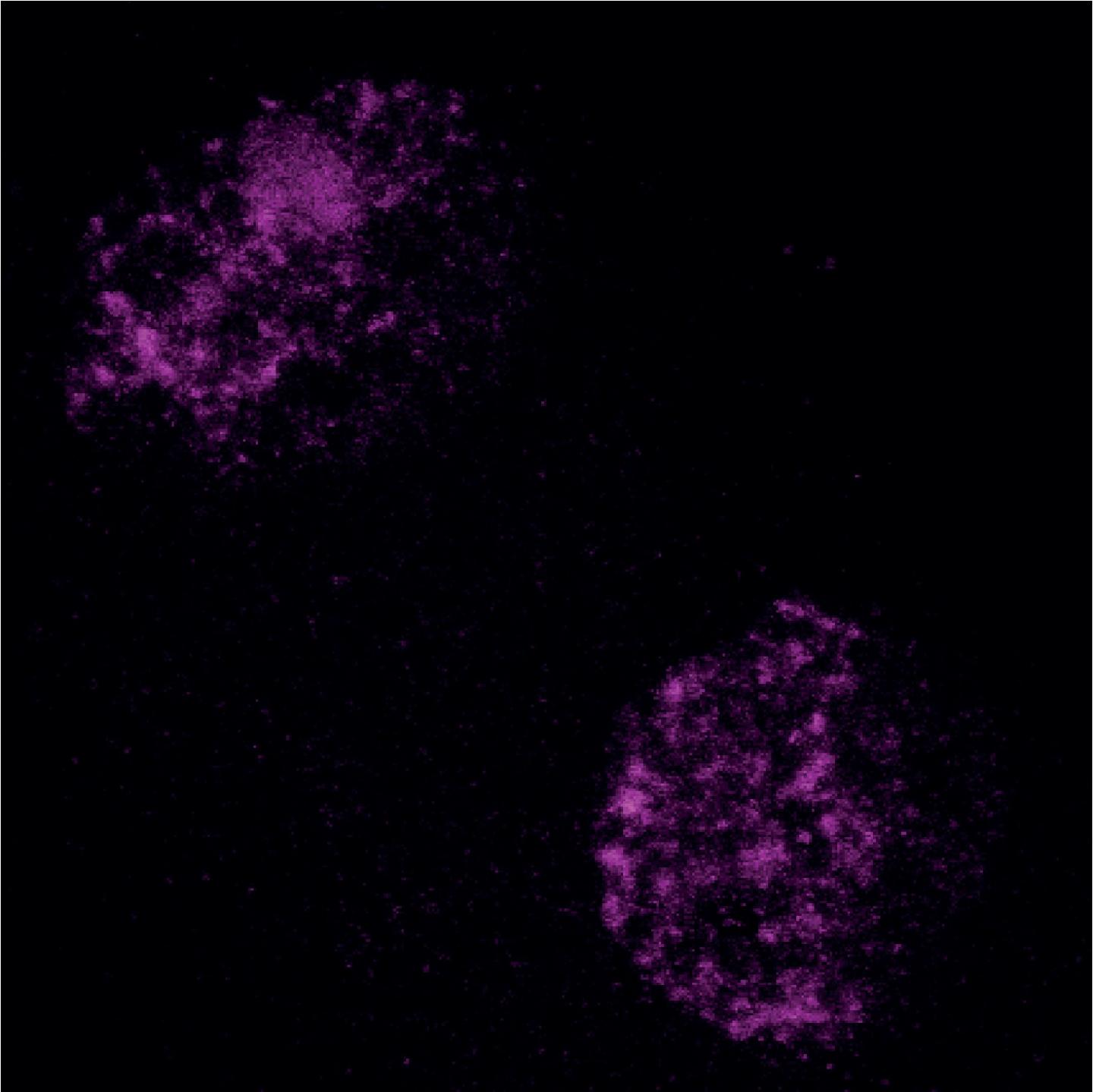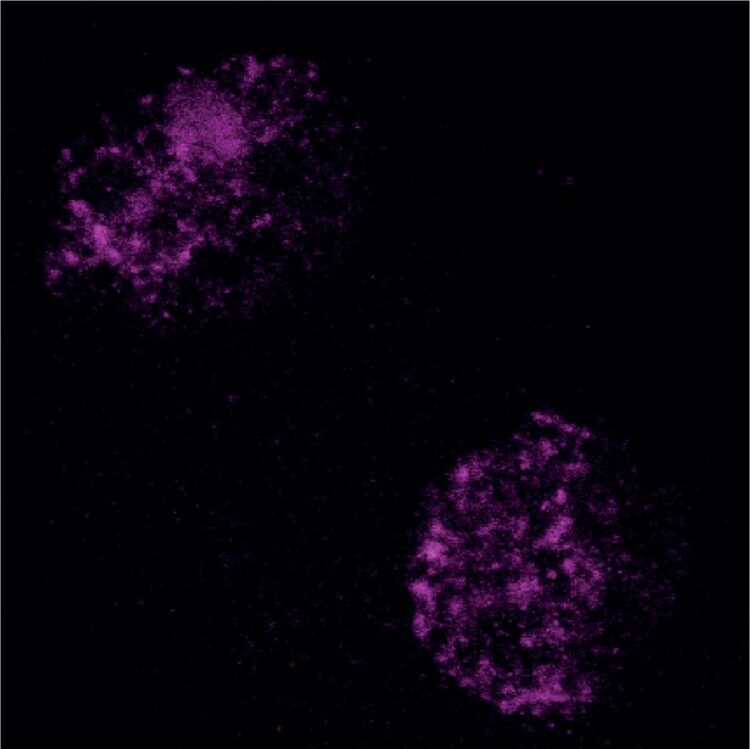
Credit: Helmholtz Zentrum München
Prof. Maria-Elena Torres-Padilla, Director of the Institute of Epigenetics and Stem Cells at Helmholtz Zentrum München and her colleague Dr. Adam Burton are doing pioneering work in this field.
Why would we want to reprogram cells?
Maria-Elena: Can you imagine being able to artificially generate cells that can develop into any cell type? That would be really fantastic! We call this ability ‘totipotency’ and it is the highest level of cellular plasticity. When you think about using healthy cells to replace sick cells, for example in regeneration and replacement therapies, you need to think about how to generate those ‘new’ healthy cells. For that, you often need to ‘reprogram’ other cells, that means, to be able to change one cell into the cell type of interest.
In nature, cellular reprogramming happens in the early embryo at fertilization. It is a purely epigenetic process since the DNA content of the embryo’s cells does not change, only the genes they express. Epigenetics mediates changes in gene expression meaning the way our genes are ‘read’ from our genetic makeup, which is largely imposed by chromatin. Chromatin is the structure, in which the DNA of a cell is packed into, so that it can fit into the tiny nucleus of a cell, and heterochromatin refers to the part of our DNA that is tightly packed and not accessible.
Heterochromatin is known to be a major bottleneck for artificial cell reprogramming. In embryos, however, the process of cell reprogramming is extremely efficient, some people even think that it is 100% efficient. Therefore, we wanted to understand how the embryo ‘keeps heterochromatin in check’ so that reprogramming can occur. Adopting strategies for reprogramming based on our knowledge of how the embryo does it, is very promising. These strategies can help us to increase the efficiency of reprogramming for regenerative medicine – an outstanding opportunity and research priority of the years to come.
How does the embryo deal with heterochromatin?
Adam: Heterochromatin is tightly controlled in the embryo from early on. In a mouse model, we saw that the histone* modification H3K9me3, which is the classical marker of heterochromatin, is in fact present in the embryo from early on. Usually, H3K9me3 correlates strongly with gene silencing, meaning that the genes cannot be ‘read’ from our genetic makeup. However, we observed that in the very early embryo, this is surprisingly not the case and that H3K9me3 is compatible with gene expression! One of our major findings was to discover that the enzyme, which adds the H3K9me3 mark to the histone, is inhibited by a non-coding RNA, that means there is an active process in the early embryo that counteracts the establishment of fully functional heterochromatin. Globally, we concluded that heterochromatin in the early mammalian embryo is immature because it cannot fulfill its typical function. This is probably due to the absence of other critical heterochromatic factors, which we are now also currently investigating.
How could we use this new knowledge for artificial cell reprogramming?
Maria-Elena: Essentially, what our work documents is a potential way to ‘tune’ down heterochromatin. These findings will provide us with the factors that we can manipulate for making artificial cell reprogramming more efficient and achieve higher cell conversion rates. The key take-home message is that we can learn from the epigenetic remodeling that occurs during the natural process of reprogramming in embryos at fertilization and can transfer this knowledge to improve currently inefficient artificial reprogramming strategies. In fact, learning lessons from the embryo will enable the more efficient and timely generation of high-quality, fully reprogrammed stem cells, which are vital for the full implementation of regenerative medicine approaches in the clinic.
*Histones are basic proteins that are important for the packaging of the DNA into chromatin. The DNA wraps around a histone octamer and this structure is known as nucleosome. Generally, chromatin consists of arrays of nucleosomes and under the microscope this structure looks like beads-on-a-string.
###
Media Contact
Maria-Elena Torres-Padilla
[email protected]
Original Source
https:/
Related Journal Article
http://dx.





